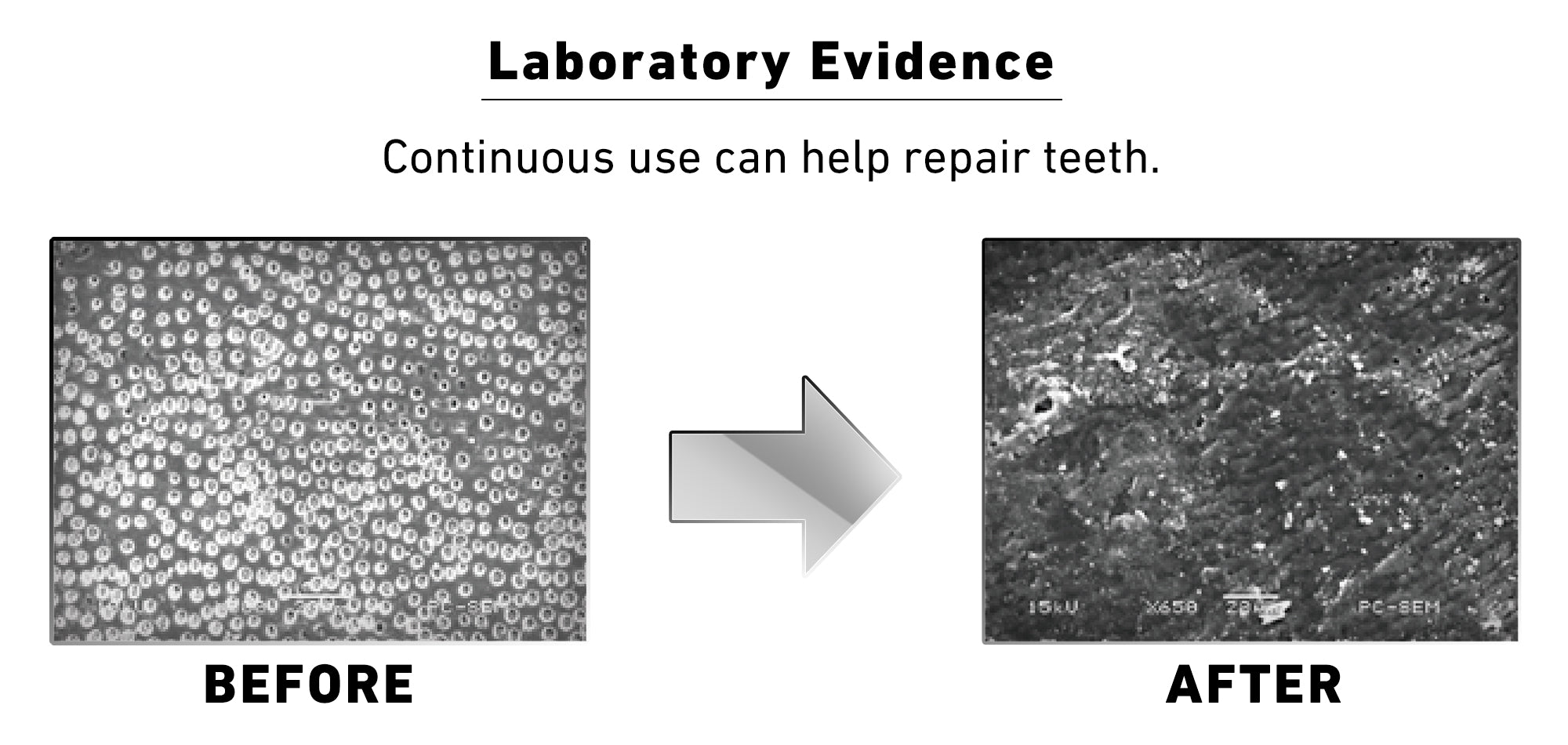
MesoFill is a compound containing silicon, calcium, and phosphorus ions, which closely resemble the components found in human teeth and bones. Its unique amorphous nature enhances the biocompatibility of the glass compound, facilitating the release of silicon, calcium, and phosphorus ions at a controlled rate. This aids in the faster formation of hydroxyapatite (the main component of teeth and bones) protective layers, promoting the repair of teeth and bones.

MesoFill, combined with its mesoporous structure, features pores ranging from 2 to 50 nm, which significantly increases the specific surface area of the material. Scientists often use mesoporous structures as tools for loading and delivering substances. Smaller pore sizes lead to higher increases in the specific surface area, enabling the material to carry and deliver more substances. The concept is similar to the coastline of an island; the more convoluted the bays, the more harbors can be built to accommodate and transport more vessels, achieving an enhancement in delivery rates.

LAB52's product series utilizes "improved biomedical glass," which results in a significantly increased surface area, further enhancing the release rate of silicon, calcium, and phosphorus ions. Through re-mineralization experiments, it has been demonstrated that a substantial amount of hydroxyapatite can be formed within 4 hours (as shown in Figure 1). Additionally, it can penetrate the dentinal tubules to a depth greater than 70 μm, facilitating deep repair of teeth and fundamentally reducing the occurrence of tooth decay and tooth sensitivity. Compared to the old technology, the new generation of biomedical glass hasincreased the release rate of silicon, calcium, and phosphorus ions by more than 33 times, significantly improving the repair rate.
